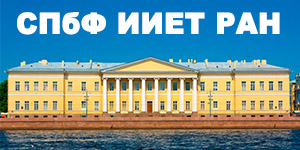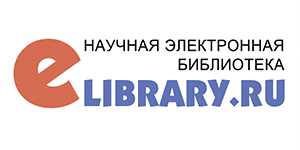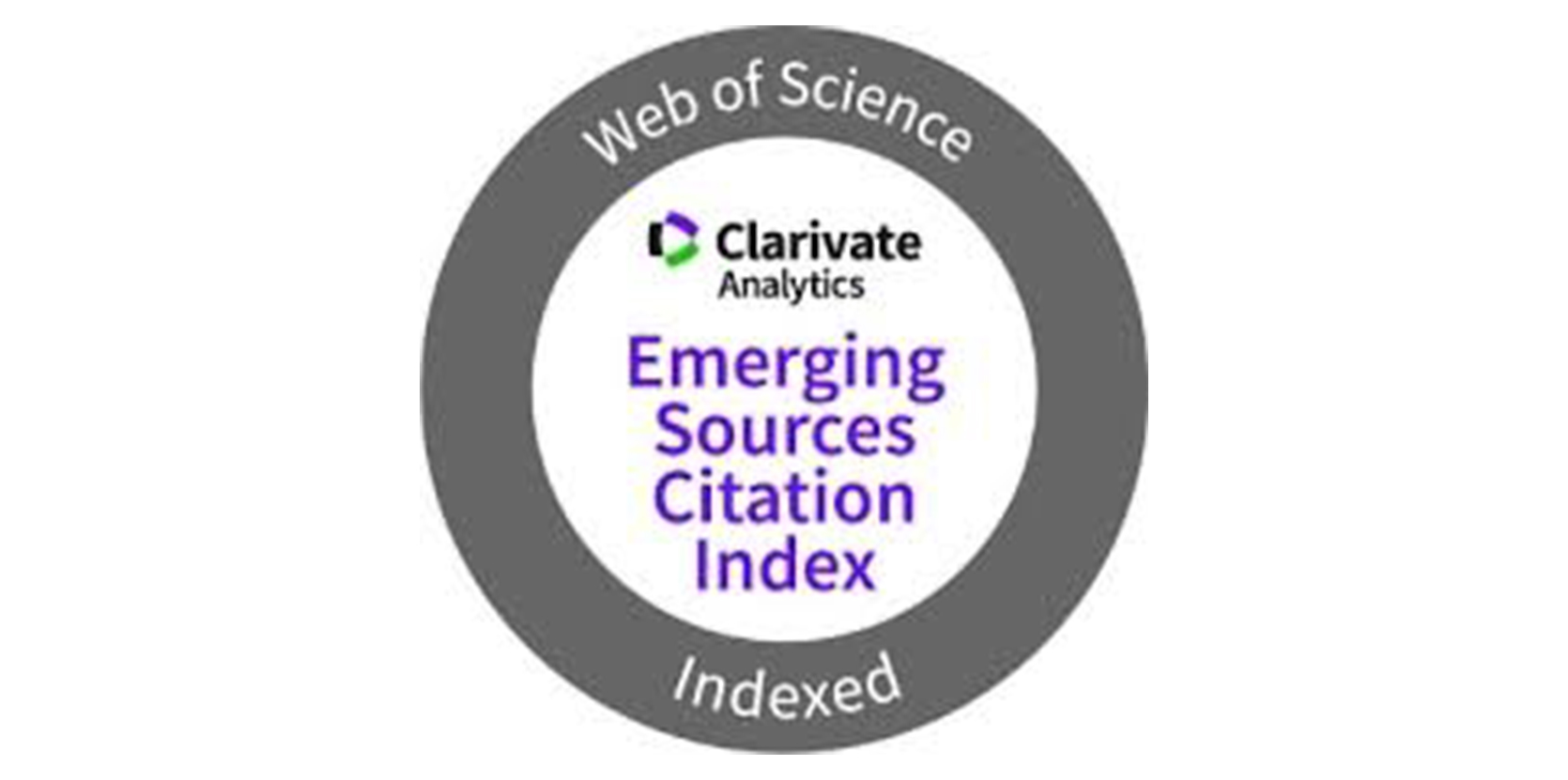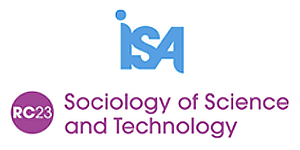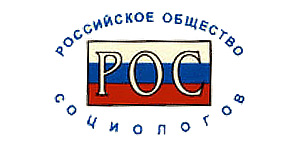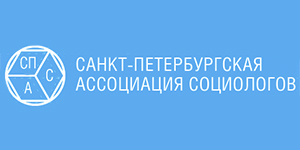Теневая наука в современной России
Юревич Андрей Владиславович
Институт психологии РАН, Москва, Россия
КЛЮЧЕВЫЕ СЛОВА: ТЕНЕВАЯ НАУКА, НАУЧНАЯ ЭТИКА, НОРМЫ И АНТИНОРМЫ НАУКИ, НАУЧНОЕ АНТРЕПРЕНЕРСТВО, ПОП-НАУКА
АННОТАЦИЯ:
В связи с нормами научной деятельности, сформулированными Р. Мертоном, автор рассматривает такое явление, как теневая наука. По его мнению, она сопровождала официальную науку с момента ее появления на свет, однако в современной науке, особенно российской, соответствующие феномены становятся все более многочисленными и получают все более экстремальные проявления.
Shadow Science in Present-Day Russia
ANDREY V. YUREVICH
Professor, Institute of Psychology, Russian Academy of Sciences, Moscow Deputy director, RAS corresponding member
R. Merton’s works that had laid the foundation for sociology of science made a great impact on the vision of science and its history by scientists from various disciplines. Not only did Merton’s ideas influence this vision, but also opposition to these ideas contrasted in particular, the norms of scientific work and its anti-norms. The works of Merton and his opponents
helped to attract attention to non-normative, “shadowy” sides of scientific inquiry. Without knowing about them, views in the field of science studies would be incomplete and, in large measure, distorted.
The term “shadow science” has become more and more widely accepted and even popular in the vocabulary of science studies and everyday speech. Shadow science is under- stood as activities of scientific community members that is based on a violation or distortion of ideals, values and norms (legal, ethical, and so on) that govern scientific life and that are accepted and maintained by society. Since the very beginnings of science, a sphere of phenomena appeared that could be assigned to the shadow economy, though their nature changed in the course of time. You can observe a mass of facts belonging to the shadow economy, and this is a rule, not an exception. A. Kohn examined similar cases of scientific fraud and identified its three main types: forgery, fudging, and cooking (reporting only the findings that support particular hypotheses). At the same time it would be wrong to reduce the historical causes of shadow science to only manipulations of research findings.
Merton formulated the official scientific norms: universalism, disinterestedness, communalism and organized skepticism. Yet he also paid attention to shadow science phenomena like the Matthew effect (the more you have, the more you get), the ratchet effect (on acquiring a certain status it is practically impossible to lose it), and so on. Further steps in studying the shadowy sides of science were made by A. Mitroff, S. Fuller, G. Gilbert and M. Mulkay. Generally speaking, most different approaches to science studies point convincingly to the fact that each scientific discipline has its own shadow side that can appear not only in brazen violations of scientific ethics but also in more “normal”, ethically neutral situations. Perhaps it would be reasonable to assign to shadow science an absolutely certain violation of ethical norms; not only those like Merton’s norms that are found in a given science but also the ones accepted by the society in which it originates.
A clear and telling formula “science is the mirror of society” means that all negative in- stances common to a particular society are reproduced in various forms in science. In present-day Russia, shadow science episodes strike with ingenuity: services are offered through the Internet from “turnkey security” to “conferring the title of an academician”. It is symptomatic that services that look illegal from a scientific point of view are not perceived as such both by society and its law enforcement: those who tout them do not conceal anything and do not hide from anybody. A response by the scientific community is more indicative. “Turnkey” dissertations are not written by the candidates themselves, rather they are written by scientists whose conduct is mainly tolerated in our current scientific environment.
Phantom institutes should be considered as shadowy, grey forms of scientific organization. Their typical features are: first, a sign on the wall of a famous research or educational institution on the premises of which a phantom lives; secondly, a person who claims themself to be a/the director of this institution, thus speaking on its behalf mainly in mass media. It would be wrong to ignore entrepreneurial science as another form of grey science. Entrepreneurial science is capabile of doing quick, feasible and low-quality research, taking on any task if it promises material advantages, acting in favor of people in power including the willingness to massage scientific findings for corporate gain, etc. Entrepreneurial science has become a real industry in present-day Russia. It creates a distorted image in society of what science is in general and who the leading scientists are, and subsequently compromises who should be used as experts and analysts and who should not be used. This species of grey science tries to oust its rival, established science, by presenting it as lazy, inert, dogmatic, spoiled by Soviet traditions, and possessing qualities that are contrary to the main features of entrepreneurial science.
The sphere of shadow science is growing because of expansion in modern societies of pop science. This means adapting scientific knowledge to the needs of daily practice, which actually is a profanation that indulges consumers, with a larger demand than real science. As a result, mass society’s consciousness is imbued on behalf of science with myths that actually contradict scientific findings. The situation is cross-disciplinary which means that it may be found in many disciplines, especially social sciences and humanities. The rising applied potential of social sciences and humanities extends significantly the area of shadow scientific application and produces a wide range of ethical problems which lead us further to broaden the traditional views on scientific ethics. So, there are a lot of cases that should be assigned to the sphere of shadow science. Though they are diverse they can nevertheless be categorized.
- First, these are violations by scientists of the norms, values, and ideals that govern the process of producing scientific knowledge. They are directed toward objects of scientific research: fabrication of scientific findings, scientific forgery, description of experiments that were not conducted, etc.
- Secondly, violating the norms governing evaluation and dissemination of scientific knowledge inside science: putting one’s signature to reviews and comments on dissertations and books unread, etc.
- Thirdly, breaking the norms regulating relationships between scientists, for instance, relying on one’s status in scientific debates, presenting external, ideological arguments, ingratiating with superiors, clannish behavior, etc.
- Fourth, violating the norms governing relationships between the scientific community and the outside social-cultural environment: putting forward distorted ideas about who is who in science in the form of fake ratings and self-presentations, inserting pop versions of scientific knowledge into it, and so on.
- Fifth, violating universal human norms by scientists’ with radically unethical behavior, for example, trading in enriched uranium or human organs.
Among general trends, one can establish, first, the growing number of segments in shadow science; second, the extension of each of these segments; third, the blurring boundary between norms and pathology; fourth, radicalization of shadow science: norms are violated in a tougher manner; fifth, a distinctive socialization of shadow science when its main manifestations are no longer a violation of internal scientific norms, but a violation of norms that govern science’s relationship with society. It is not the purpose of this article to predict which way these trends will lead. Nonetheless, it is certain that shadow science has not only its past and present, but a future ahead of it as well.

